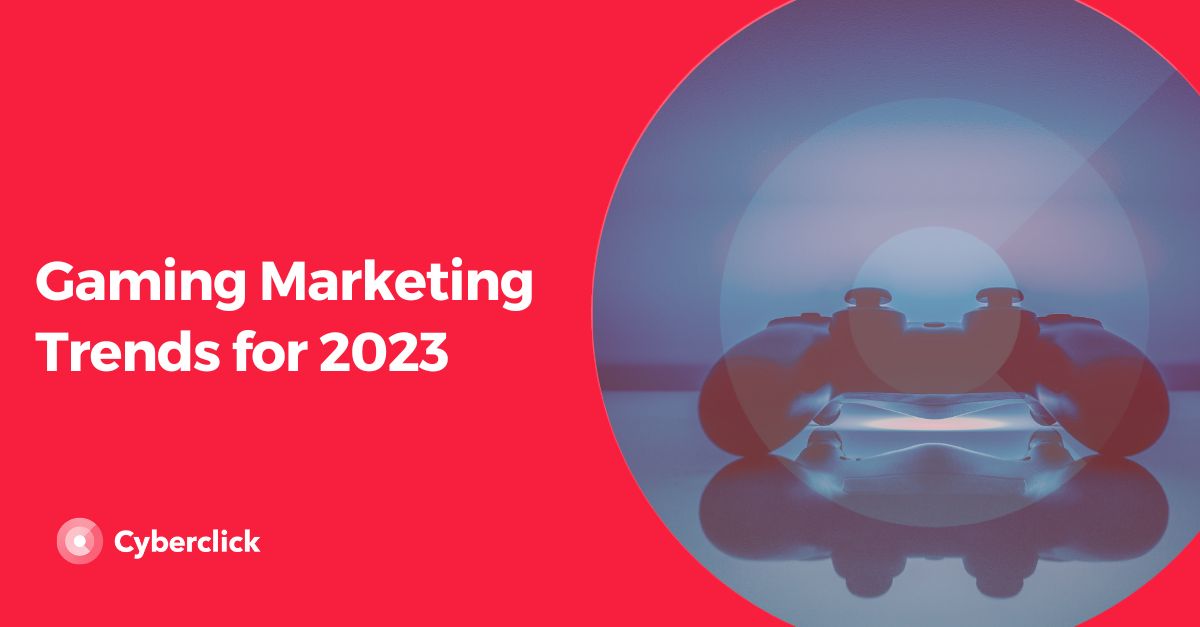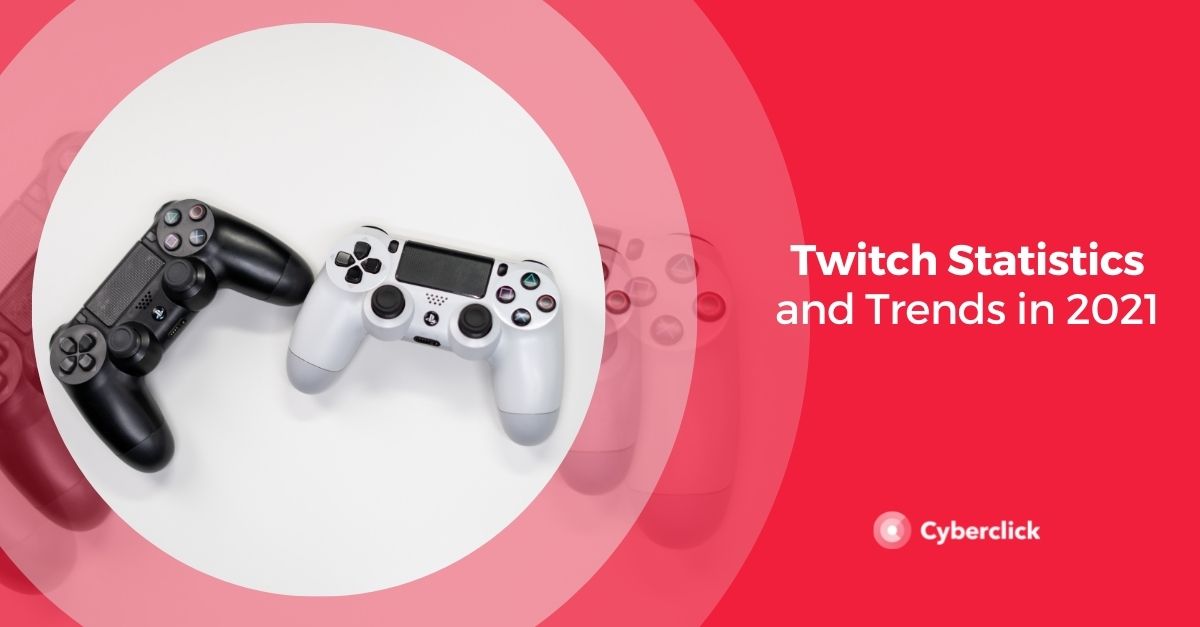Digital marketing offers endless possibilities when it comes to attracting attention to your brand. Did you know that social gaming marketing is one of them? Social games are very popular platforms that offer a lot of possibilities for users to interact with brands.
Keep reading to find out how.

What Is Social Gaming Marketing?
The term "social gaming" refers to online video games accessed mainly through social media platforms. In addition to being entertained while playing, users share the gaming experience with their network on the platform they’re on. By integrating into commonly used platforms, these types of games can attract audiences that aren’t typically interested in video games.
Facebook has been a pioneer in this sector with games like Farmville and Candy Crush.
Social gaming marketing consists of using video games accessed through social media platforms to promote products, services, and brands. Thus, instead of impacting the user unilaterally, the brand can pave the way for an interactive dialogue with its potential audience.
For brands, social gaming marketing is a great opportunity to expand their reach since millions of users can access these games from anywhere on any device connected to the Internet.
Benefits of Social Gaming Marketing
1. Reach and Segmentation
With social gaming marketing, brands can find new business opportunities. Social games reach a wide audience, so they can be an appropriate channel for many companies. At the same time, since they are located on social media platforms, they allow brands to leverage very precise segmentation.
2. Brand Awareness
Social gaming makes it possible to reach users when they are most receptive to marketing, so brands can provide them with value in the form of entertainment. This makes the brand more memorable and associated with positive emotions.
3. Interaction
By nature, video games facilitate interaction. Users are directly involved with the brand, which enriches the experience. In addition, these types of games encourage engagement and the chances of going viral.
4. Possibility of Monetization
The creators of social games offer multiple ways for them to be monetized, such as creating a pay-to-play model or charging for certain elements or items within the game.
5. Loyalty
Social gaming marketing makes it possible to combine the virtual environment with reality. Users can obtain physical benefits when playing. You can use this functionality to create a loyalty marketing strategy that fosters long-term customer engagement.
6. Data Insights and Analytics
Social gaming platforms offer valuable data insights and analytics that can be used for targeted marketing strategies. By analyzing player behavior, preferences, and engagement patterns, marketers can gain valuable information to tailor their campaigns more effectively.
Emerging Trends in Social Gaming Marketing (2025)
-
Integration with Social Video Platforms: Brands are increasingly leveraging social video platforms like YouTube and Twitch to reach gaming audiences. These platforms offer a variety of free content optimized for engagement and advertising, challenging traditional media and redefining content consumption. In fact, social video is now a primary channel for user engagement, and brands are tapping into this shift to integrate more immersive experiences into games.
-
Enhanced Immersion through AR/VR: Advancements in augmented and virtual reality are providing brands with opportunities to create more immersive and interactive gaming experiences. These technologies offer deeper engagement and enable users to interact with brands in new ways. With the gaming market expected to see a significant increase in AR/VR experiences, brands can expect to build even more dynamic connections with users through these next-generation technologies.
How to Include Social Gaming in Your Marketing Strategy
There are many different marketing strategies for incorporating social games into your brand. Here are some of the main ones:
-
Sponsor existing games. This strategy is particularly used within the world of eSports. The brand can launch advertising actions within games and tournaments (to reach active players) or on streaming platforms (to reach more passive participants or spectators). With this strategy, it’s very common for a brand to collaborate with an industry influencer, for example, through mentions and product placement in their live broadcasts.
-
Make the brand part of the game. For example, McDonalds created a farm within Farmville. Players could help them grow tomatoes and mustard in exchange for McCafe points, which they could then use to increase the productivity of their own farms. Users were also offered the ability to download a hot air balloon with the McDonalds logo to display on their farms for 24 hours.
-
Create your own games. There are already several companies that have created their own apps and games to differentiate themselves from the competition and provide value to their potential customers. As you have seen above, this can also become a source of monetization for the brand.
To know how to incorporate social gaming marketing into your strategy, you have to know your target audience in depth. Each target audience has its own profile and usage habits of social games, so you will have to find out the best channel to reach them and how you can inspire and entertain them.
Examples of Social Game Platforms Used by Brands
1. Nike and Roblox
Nike has been a pioneer in integrating with virtual worlds, and their partnership with Roblox exemplifies this trend. Recently, Nike launched "Nikeland" on Roblox, a virtual world where users can explore interactive spaces inspired by Nike's brand, participate in sports-themed games, and even buy virtual Nike products for their avatars. The experience includes events, challenges, and rewards, creating an immersive brand experience that resonates with the gaming community, particularly with younger audiences. This integration allows Nike to engage with players in a fun, interactive environment, enhancing brand loyalty and awareness in a way that aligns with the active, sports-oriented lifestyle the brand represents.
2. Gucci and The Sandbox
Gucci has expanded its digital presence by integrating with The Sandbox, a popular virtual world game where users can buy, sell, and create virtual assets using blockchain technology. In 2025, Gucci launched a virtual store within The Sandbox, where players could experience a digital replica of the brand's iconic designs and even purchase limited-edition virtual Gucci items for their avatars. The store also hosts virtual events, like fashion shows, where players can interact with the brand in an immersive, gamified environment. This integration allows Gucci to tap into the growing trend of digital luxury, engaging with a tech-savvy, younger audience while experimenting with the future of virtual fashion.
This example highlights how luxury brands are adapting to new gaming platforms, offering both digital goods and unique interactive experiences to connect with players and enhance brand presence in virtual worlds.
What are some social gaming companies?
Social gaming companies specialize in creating games that emphasize online social interaction. Notable examples include Zynga, renowned for games like "Words with Friends," and Supercell, creators of mobile hits such as "Clash of Clans" and "Hay Day."
Why is social gaming important?
Social gaming creates meaningful connections by allowing players to interact, collaborate, and build friendships within virtual environments, improving social well-being and reducing feelings of isolation.
Is social gaming gambling?
Social gaming involves playing games within social platforms, emphasizing interaction and entertainment without real-money wagering. In contrast, gambling entails risking money on uncertain outcomes for potential monetary gain.
What are some social gaming apps?
Social gaming apps blend entertainment with social interaction. Popular apps include Gameram, a platform that connects gamers around the world, and Status AI, a social network where users interact exclusively with AI bots, creating unique virtual experiences.
Why are social games so popular?
Social games are popular because they serve as a building block for communities and connections. They provide a platform for players to interact, share experiences, and build relationships, improving the overall gaming experience.
Key Account Manager Engineer en Cyberclick. Experto en desarrollo de aplicaciones web e integraciones entre sistemas con más de 10 años de experiencia. Cuenta con una licenciatura en Matemáticas, Ciclo Formativo de Grado Superior en Desarrollo de Aplicaciones Informáticas y Ciclo Formativo de Grado Superior en Desarrollo de Aplicaciones Multiplataforma.
Key Account Manager Engineer at Cyberclick. Expert in web application development and system integrations with over 10 years of experience. He holds a degree in Mathematics, a Higher Degree in Computer Application Development, and a Higher Degree in Multiplatform Application Development.






Leave your comment and join the conversation